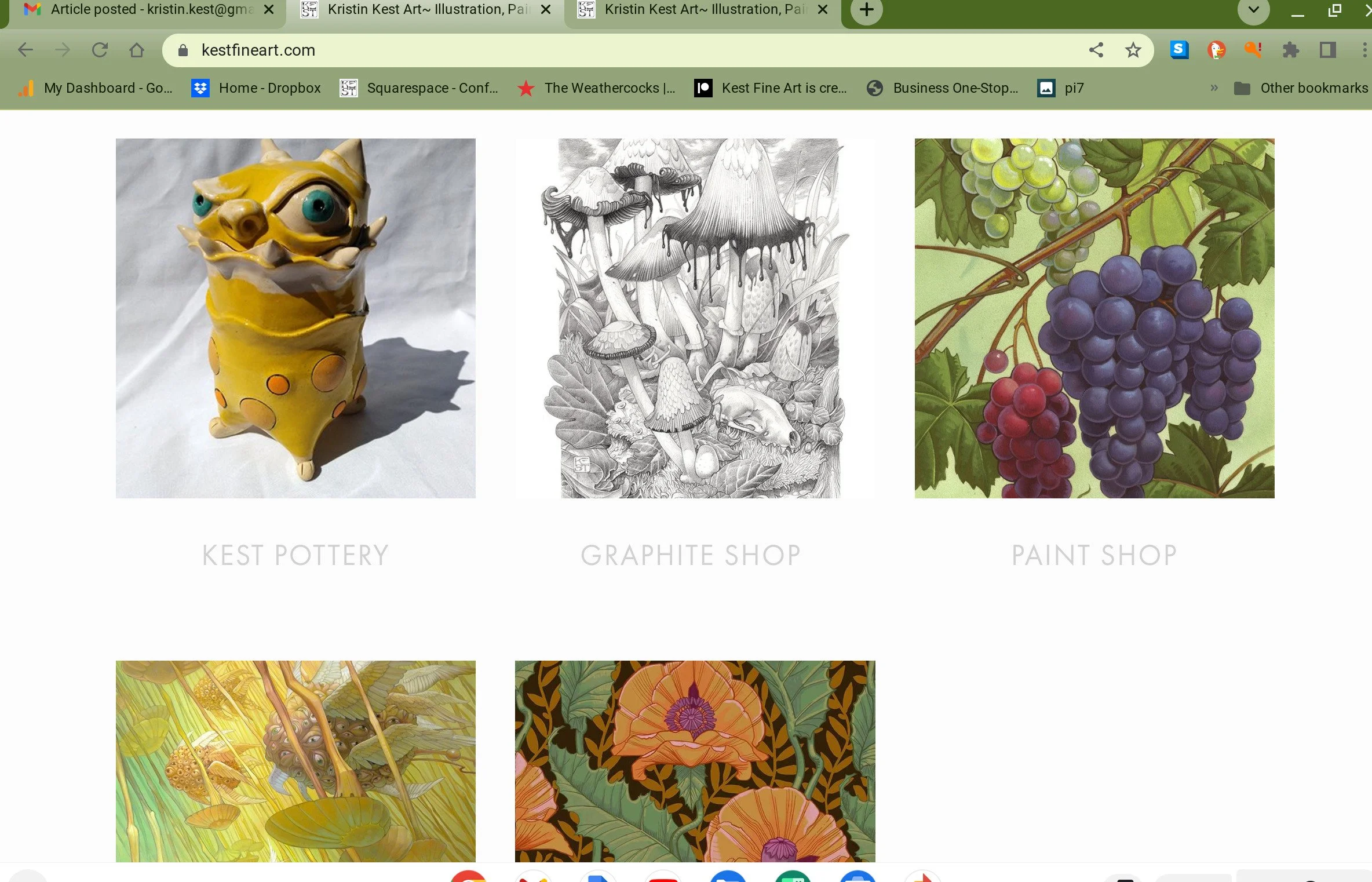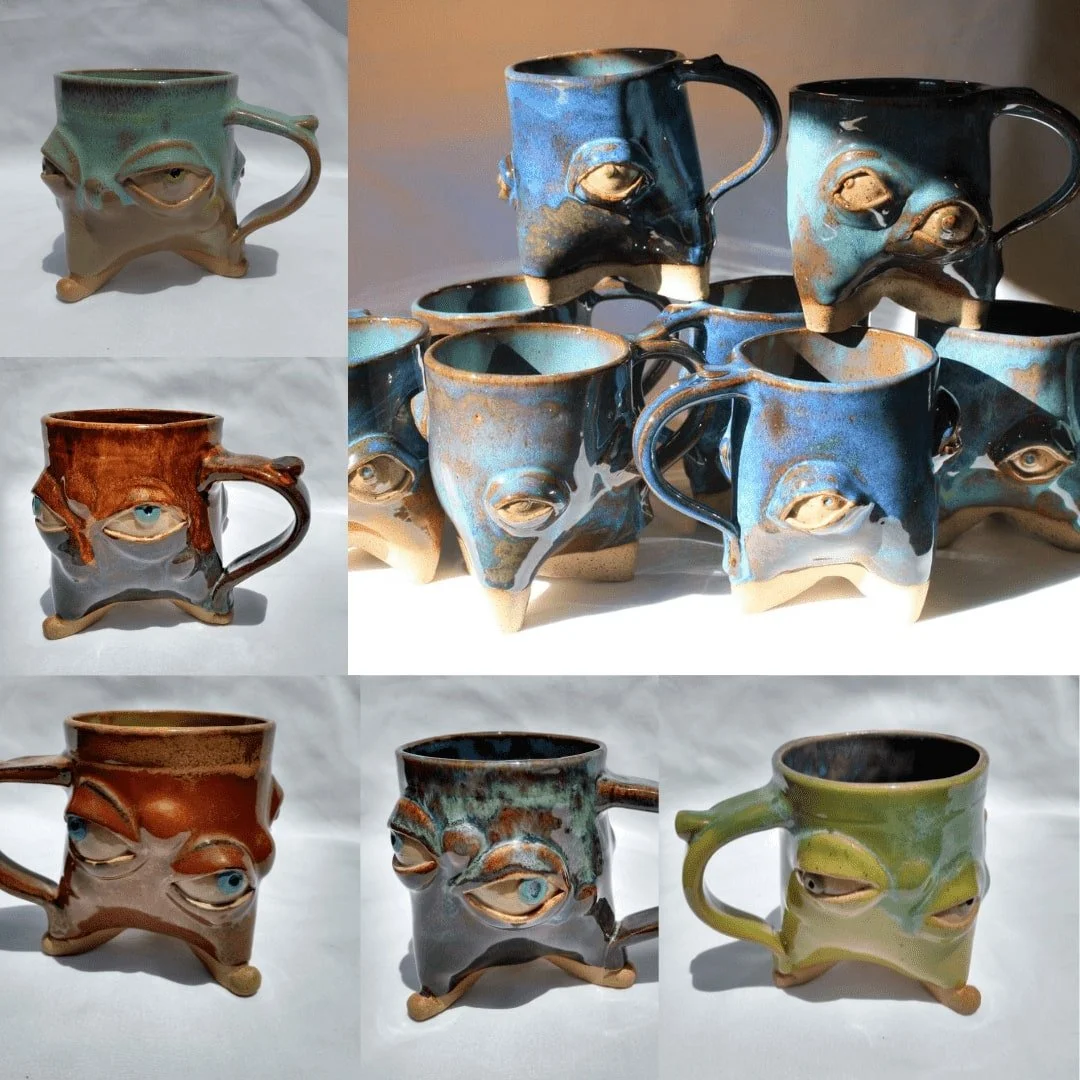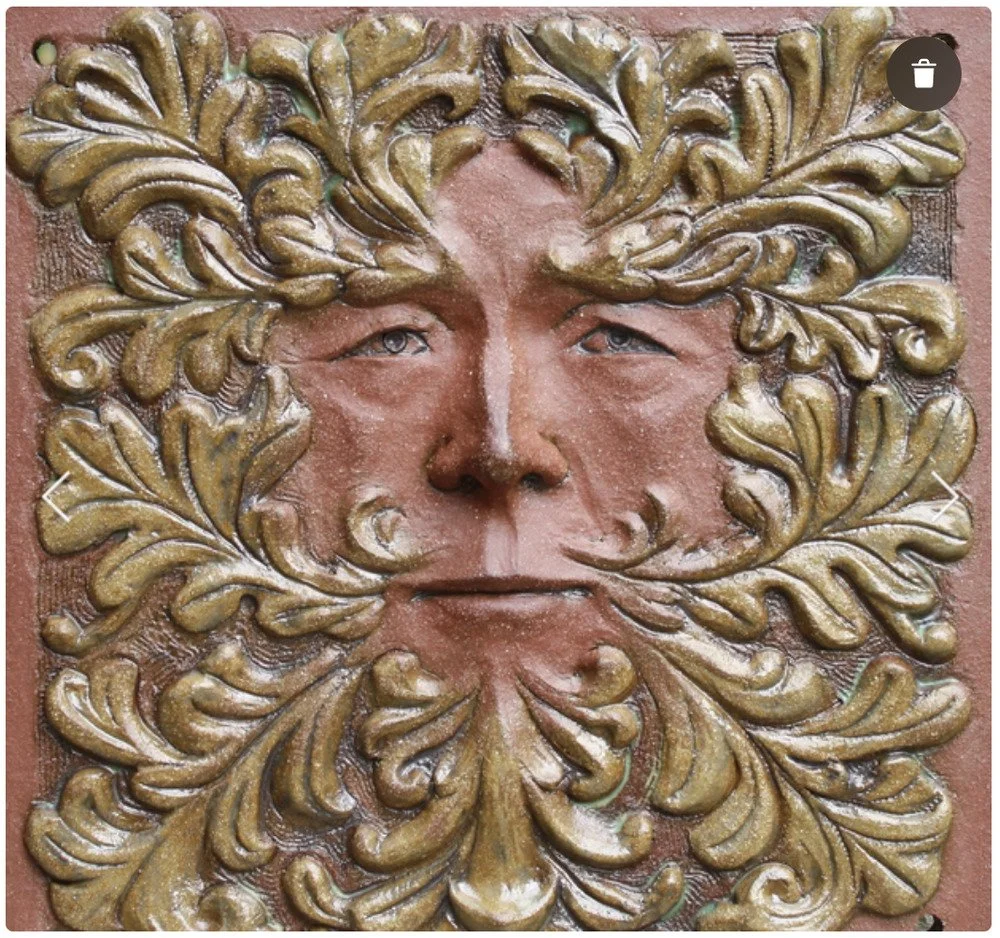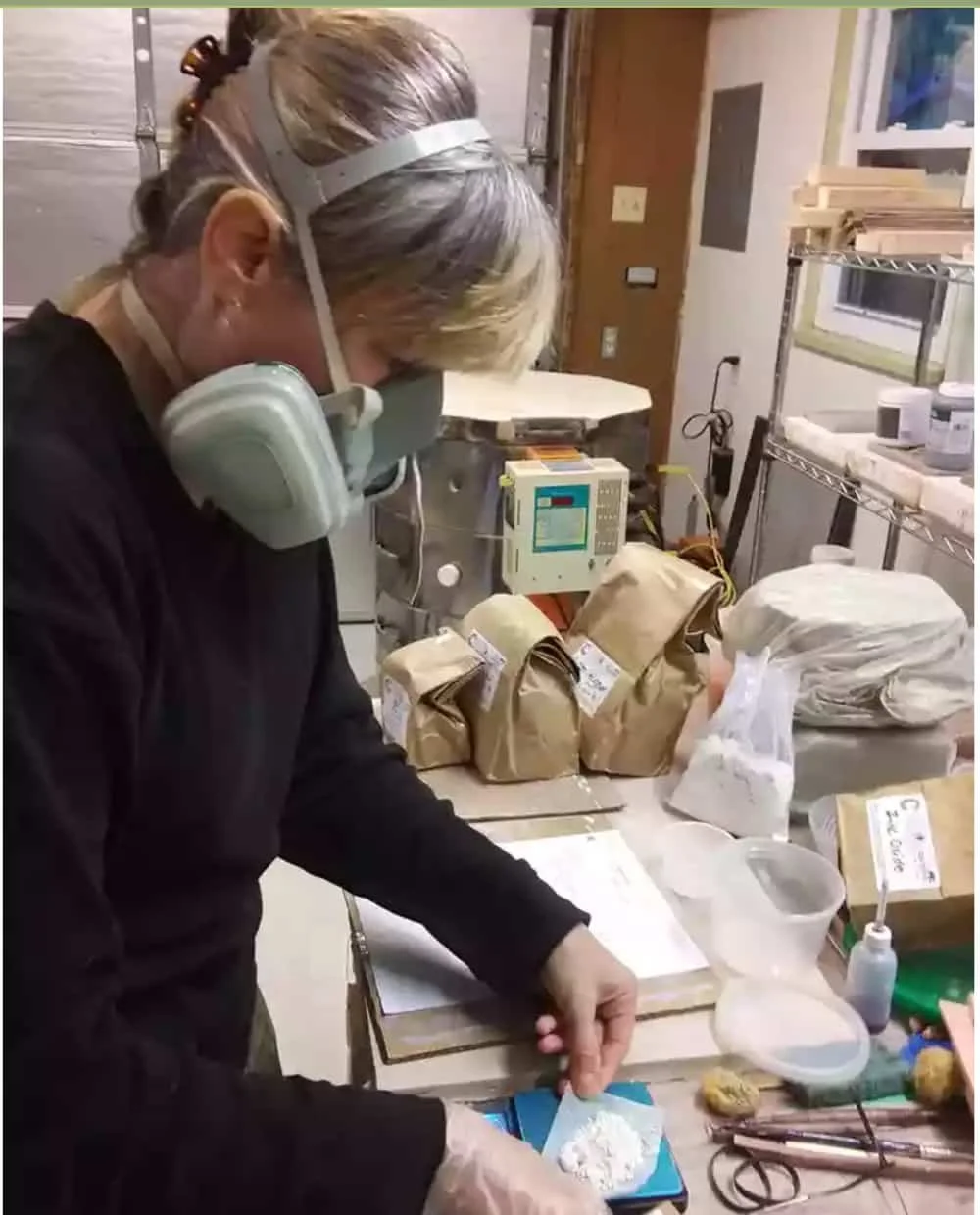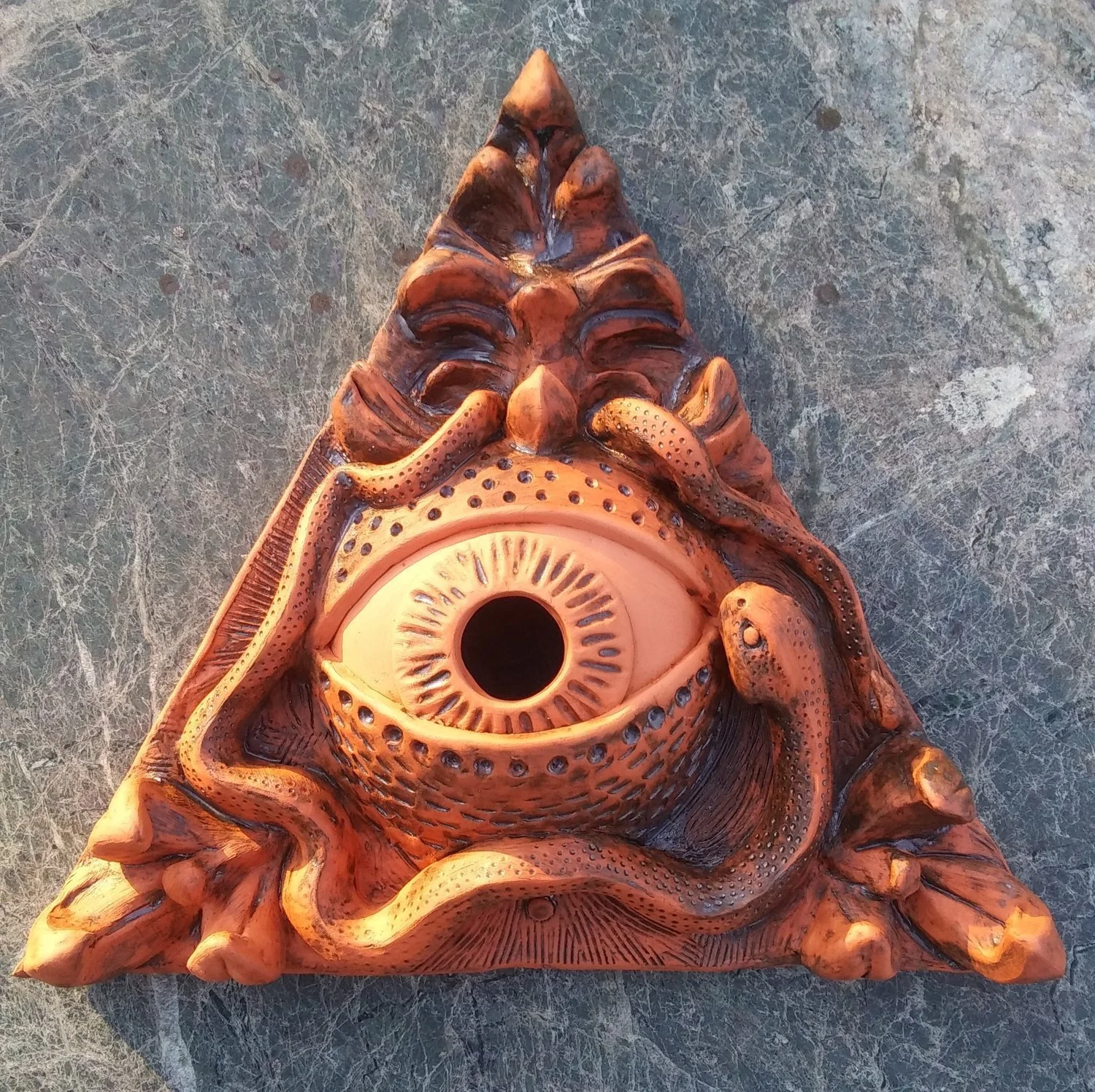Grab yourself a cuppa and settle in, gentle Art Gnomes, this post’s going to be a bit longer.
Lately, I’ve been doing a ton of research on marketing, sales, and passive income, in relation to my art career, so if you’ve also been wondering about this kind of thing for yourself too, then read on.
After IlluXCon, I got more curious about how some of the artists at the show were and are marketing their physical art paintings and peripheral items like prints. To “scale up” my own business, it seemed important to figure out how to let my art do more work for me even after I’d made the illustration, painted the commission, or sold the original. After some concentrated digging, I found some really interesting information and thought I’d share it with you.
The first thing I wanted to do was to learn more about the companies that offer print-on-demand for fine art prints. I checked out a few and here’s what I found:
FineArtAmerica: One of the biggest POD companies out there. For a very reasonablly priced $30/yr membership you can put as many images on the site as you want. The other big plus is that you can sell original art there too and they take z e r o commission. The big downside for me was that there was too much “merchandise” to filter out— shower curtains, puzzles, and the like. It seems a little too commercial for me; I felt that the focus was more on gifts and sales and that there wasn’t enough focus on the art. Besides I couldn’t verify what kind of paper stock they were printing the art on. Was it archival or not?
I got similar results digging into my own webhoster’s POD partner, Printful. There, I could build a product item called “prints” but the selection for paper wasn’t very good. Was it archival with a nice surface or just matte meh?
Something slightly different: I found a few webhosters for artists that also partner with POD services that cater to fine art printing. A friend’s online gallery uses one of these templated sites, FASO.com, and it’s truly lovely and professional looking, and easy to navigate. Any originals he has for sale there are easily identified as available and the company doesn’t take a commission. What you pay is the use of their webhosting— around $300 a year— and you get a top-notch site with POD services. When you sell your originals, you only pay a transaction fee to PayPal (6%). What I didn’t like is that the user interface is super clunky and not intuitive. I currently use Squarespace and its templates are a dream; I couldn’t see switching for that reason only. Otherwise, it’s comparable in cost. One thing that FASO has that may persuade some people to migrate there is their large library of marketing resources geared specifically to artists and selling art. The owner was a gallery/ museum curator and art seller, so you’re paying for valuable insights into the “industry” plus a network of collectors and other art afficionados with eyes on your work. If they ever change their UI, I might consider moving over, but for now, I’m sticking to my SS webhoster.
I also found a very expensive FASO-like alternative called ArtStorefront. They basically sell artists a business education in how to market and run an art gallery online and offer everything — from the website to the logistics of what to post daily on social media, to how to send out email blasts, they’ve got everything covered so you don’t have to think about much except making art. It seems that they’ve even got a team to do a lot of your daily posting and marketing if you want to pay for that service. I’m presuming some of that last statement— I gleaned it from one of their video lures— because there’s no price or fees table on their site. I googled the ‘net hivemind and found a few bloggers’ mentions of ASF prices which are in the range of of $2500 for the initial set up for a gallery website and afterwards it’s a $50/mo subscription. They too, have a huge library of video and blog resources for the working artist to digest and apply. They offer video seminars and personal meetings too— the whole works. Sounds lovely, but it seems like you’d already have to be an A-lister to afford it. I read a few testimonials outside of their site adverts and the artists who took the plunge did say they were pleased with their results.
What I settled on for now: ImageKind, a printing company from which I’ve been getting my prints made for about 10 years. They’ve got a beautiful fine art pearl, acid-free paper; the surface is a dream— not matte but not shiny and I love it. Yes, you’ll pay a bit more for it, but I think it’s worth it. When you sign up for their free membership, you can upload as many images as you want into your own online gallery. And when someone buys a print, you get your markup percentage sent to your account. You can put links to your ImageKind gallery on your personal website to send folks there to buy your prints. If you upgrade your subscription to the premium, you can set up a branded “storefront” on your own website which is basically a giant link to your gallery at ImageKind. Either way, people can buy your prints on demand.
Storenvy is not a POD but a storefront., another option for artists selling physical art works. It’s an Etsy-like platform with the added bonus of customizing the shop page to seamlessly integrate into your website. There, you can sell your work very much like you can on Etsy, but like most storefronts, there are all the fees (listing, transactions, etc) so by the end, you might see a loss of up to 25% of your profits.
Well, gentle art Gnomes, that’s as far as I got in this process. When I learn more, I’ll share it with you. In the meantime, if you want to buy prints of my work, go here: https://www.imagekind.com/art/stunning/kristin-kest/artwork-on/fine-art-prints. They’re also a full-service frame shop too with nice clean and contemporary art frames.
Let me know in the comments if you’ve ever used any of these sites or services and what you think of them. I’d love to know more about your experience.
- October 2025 1
- September 2025 3
- July 2025 2
- June 2025 1
- May 2025 4
- April 2025 4
- March 2025 4
- December 2024 2
- September 2024 1
- June 2024 1
- March 2024 1
- February 2024 1
- January 2024 2
- December 2023 2
- November 2023 1
- October 2023 4
- August 2023 1
- July 2023 1
- June 2023 2
- May 2023 2
- April 2023 2
- March 2023 4
- February 2023 3
- January 2023 6
- December 2022 8
- November 2022 26




